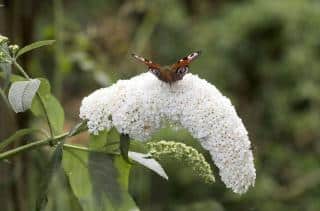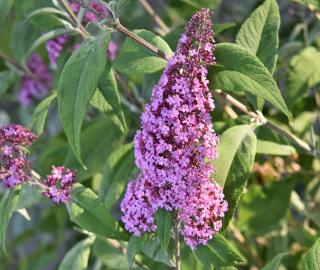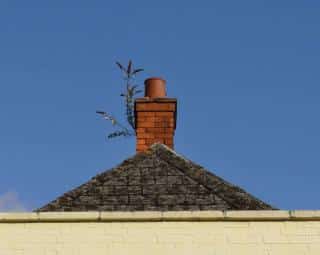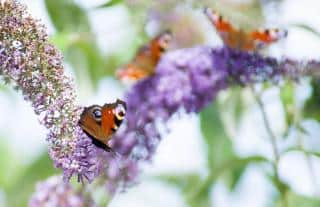

Butterfly bush key facts :
Botanical names: Buddleja, Buddleia
Common names – Butterfly bush, butterfly tree, summer lilac
Family – Scrophulariaceae
Type – Shrub
Bearing – round
Height – 10 to 18 feet (3 to 5 meters), depending on the species
Breadth – 6 to 10 feet (2 to 3 meters)
Exposure – full sun to part sun
Soil – any type
Hardiness – excellent
Growth – fast
Foliage – deciduous
Flowering : spring and summer
The butterfly bush definitely deserves its name. A particularly melliferous and flower-bearing shrub, it is indeed a paradise for pollinating insects of all runs: butterflies of course, but also bees, hoverflies, bumblebees, etc. Easy to plant, it will quickly decorate your garden thanks to its fast growth and magnificent summer flowers.
Buddleja can adapt to all types of soil. Its only real requirement is exposure: full sun is, by far, preferable. Nonetheless, it will still survive in part sun, but it won’t grow as lush.
The butterfly bush, in a perfect world, would always be planted in fall. Planting that takes place in that season indeed lead to better settling in and faster growth for plants. It gives them a few months to grow new roots before spring and summer come around (when water often is wanting for days on end).
The size and shape of Buddleia make it compatible with planting in small gardens, and even in a container if you so wish.
After determining the right spot for your butterfly tree, just follow these steps to plant it:
 Dig a hole about 12 inches (30 cm) deep.
Dig a hole about 12 inches (30 cm) deep.Thanks to its tight, bushy bearing, Buddleia does well when planted in a pot to decorate a deck or terrace. Planting is quite similar to when you’re planting in the ground.

For the tree planted in the ground, this is the only work you’ll ever have to do.
For a potted butterfly bush, there are a few extra steps:
To create new butterfly bush specimens, simply prepare softwood cuttings.

Since it’s sometimes classified as an invasive species, it helps to be forewarned.
Some studies have shown that certain cultivars like ‘Nanho Purple’ and ‘Dartmoor’ have a high germination rate, whereas others like ‘Black Knight’ and ‘White Profusion’ are slower to spread.
The butterfly bush is very resistant. It thus isn’t vulnerable to diseases, and pests don’t seem to find it interesting (apart from aphids, but they’re only really a problem when in very large numbers).

Buddleja isn’t very demanding, so you can pair it with many other types of shrubs like lilac, photinia, forsythia, hamamelis that will provide colors and blooms when the butterfly tree doesn’t. Another option is to find different colored butterfly bushes and plant them together to create a patchwork of colors during the blooming season.